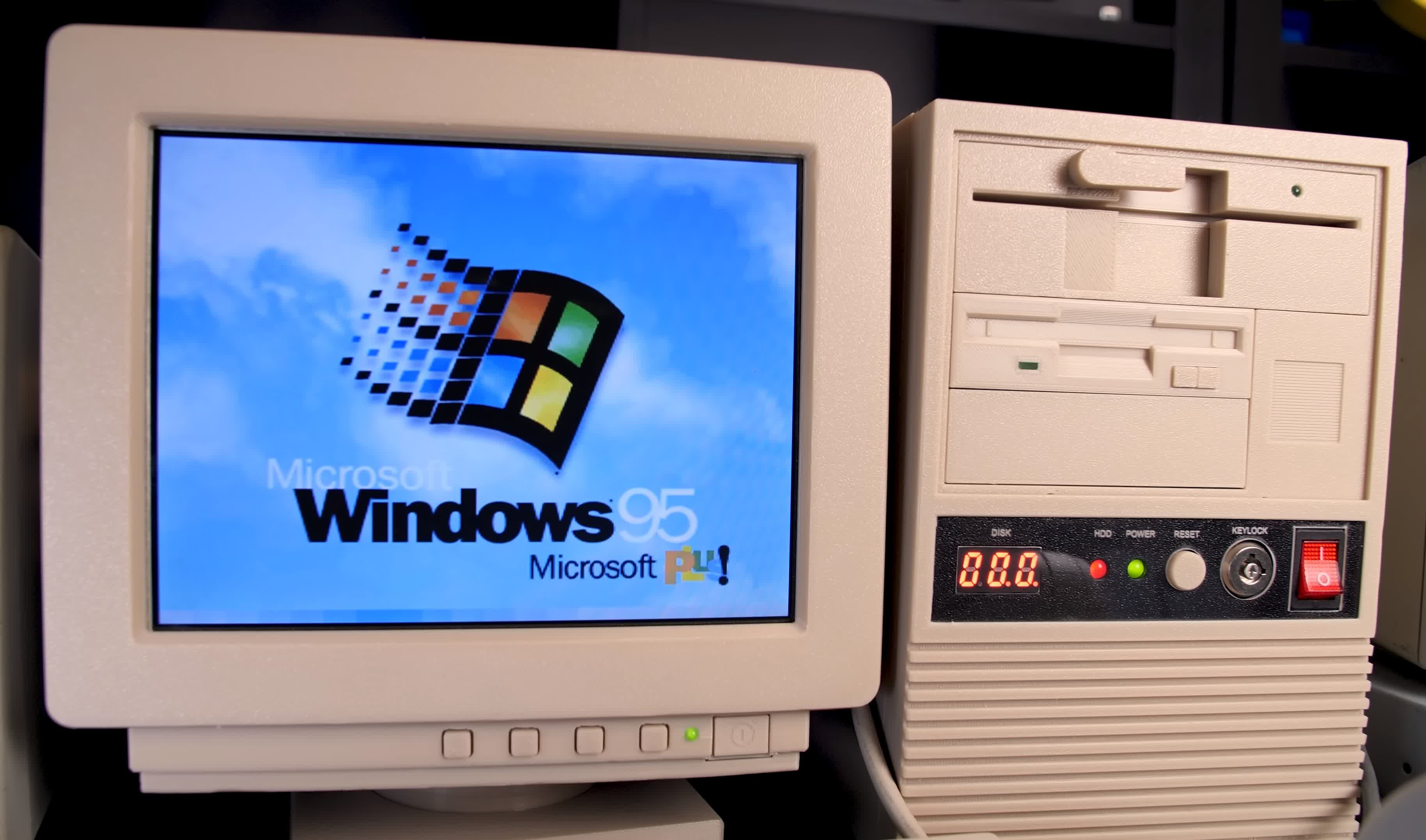Why it matters: Eric Mackrodt from The Eric Experiment was interested in building a small retro computer using modern hardware like a Raspberry Pi but after doing some research, decided to shift gears and use genuine hardware for better compatibility. He picked up an SBC with an Intel 486 DX4 CPU clocked at 100 MHz as well as a four-slot ISA backplane for expansion purposes.
Mackrodt went with a Tseng Labs ET4000 for graphics and chose an ESS AudioDrive ES1868F for sound. An SMC Ethernet card will make it easier to transfer files to the computer and allow it to get online, while an SD-to-IDE adapter will enable modern storage capabilities.
Other hardware bits include a floppy disk emulator, a Pico power supply, and an adapter to be able to connect a CD ROM drive.
The coolest part of the build is without a doubt the miniature monitor and computer case. Both were custom designed and 3D printed to look like smaller versions of the real thing. The monitor was modeled after a Samsung SyncMaster 3 CRT and uses a 7-inch 4:3 LCD display operating at a resolution of 800 x 600.
As you'll see, the project involved lots of custom fabrication and modifications as well as many printed piece revisions to get everything just right. This is truly a one-of-a-kind build and really, it's the attention to detail – the little things – that make it special. The period-correct color choices for the frame and the panels, the key lock, and the tricked out 5.25-inch floppy drive all look great, as does the spot for a case badge.
Mackrodt was able to get everything up and running without too much fuss. Windows 95 is right at home on the system but unfortunately, the hardware itself just doesn't have enough horsepower to do much of anything respectably. Games of the era loaded but weren't really playable due to their low frame rates. Even Winamp struggled to play an MP3 file. Ouch.
